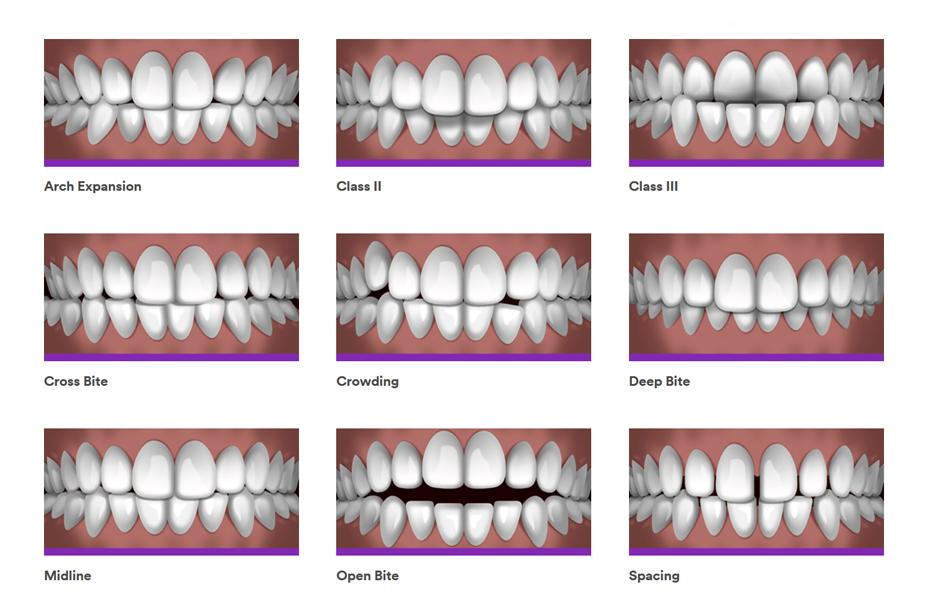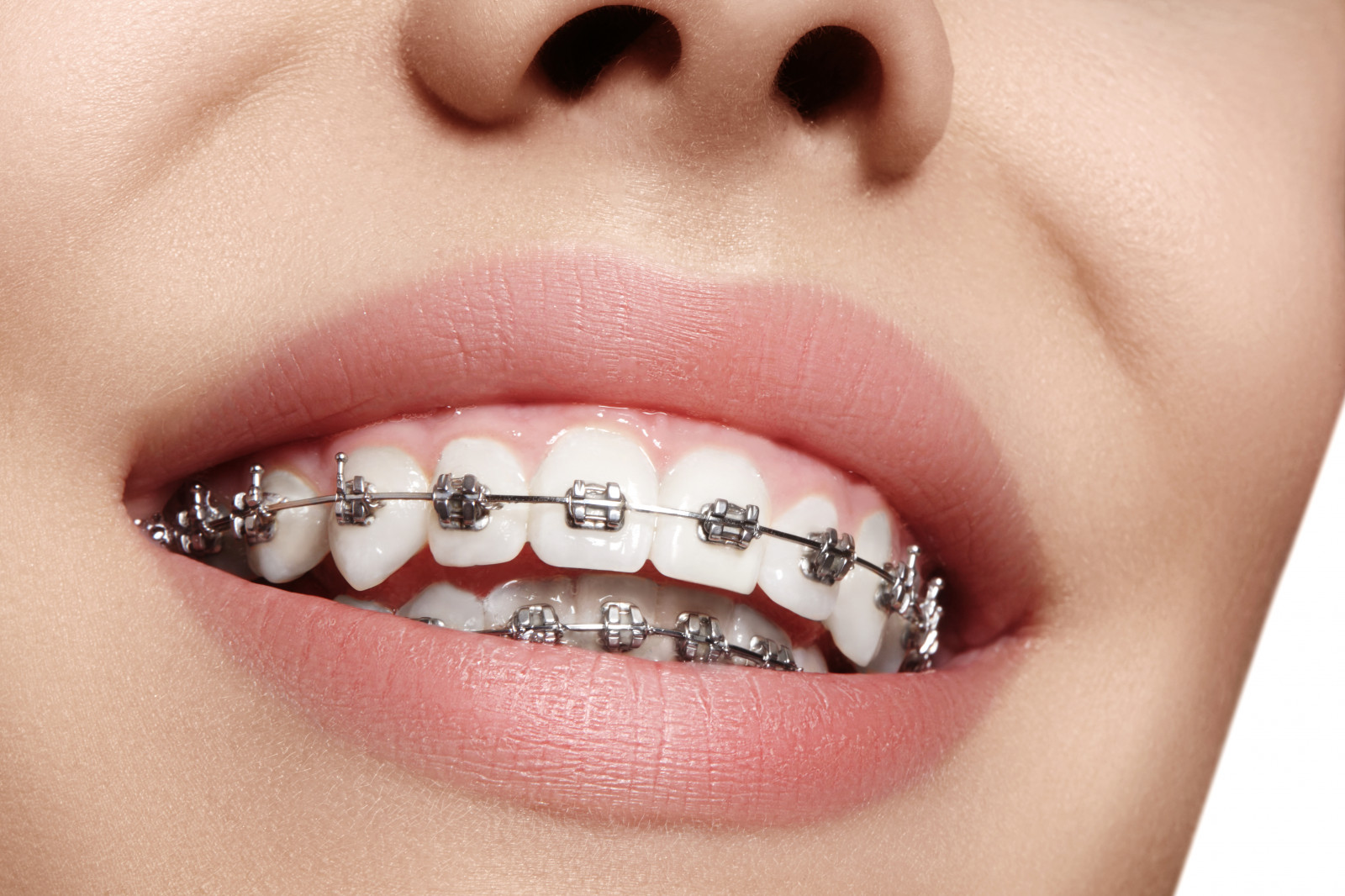Some Known Incorrect Statements About Causey Orthodontics
Some Known Incorrect Statements About Causey Orthodontics
Blog Article
Some Of Causey Orthodontics
Table of ContentsNot known Factual Statements About Causey Orthodontics Little Known Facts About Causey Orthodontics.The Basic Principles Of Causey Orthodontics Causey Orthodontics Things To Know Before You BuyThe Of Causey Orthodontics3 Simple Techniques For Causey Orthodontics9 Easy Facts About Causey Orthodontics Explained
What is the difference in between a dental expert and an orthodontist? All dentists, including orthodontists, treat the teeth, gum tissues, jaw and nerves.
You can think of both physicians that deal with gum and teeth issues. The main distinction is that becoming an orthodontist requires a particular specialized in treating the misalignment of the teeth and jaw.
Not known Facts About Causey Orthodontics
An orthodontist is a dentist that has actually undertaken training to specialize in the diagnosis, prevention and treatment of abnormalities in the jaw and teeth. They can also recognize possible issues in teeth alignment that might establish when conditions are left neglected (affordable orthodontist near me).
This includes all the needed education to become a basic dental expert. According to the American Pupil Dental Association (ASDA), it suggests you will need to have either a Physician of Medication in Dentistry (DMD) or a Doctor of Oral Surgery (DDS). To put it simply, orthodontists require to finish dental school and after that get an orthodontics specialized education and learning.
Some orthodontists likewise get their masters in craniofacial biology. cheapest orthodontist near me (https://www.bestincom.com/health-care/causey-orthodontics). Many dental colleges supply limited orthopedic training and instruction, which is why basic dentists need to head to orthodontic college after college graduation. Orthodontic residency programs use intensive training for this sort of dental expertise. These programs concentrate on 2 particular areas or techniques: Dentofacial Orthopedics: This research concentrates on directing teeth and jaw growth.
Excitement About Causey Orthodontics

 These consist of device such as braces, retainers and Invisalign. So, what does an orthodontist do, and what do they concentrate on? The overall goal of an orthodontist is to enhance an individual's bite. Not everyone is born with straight teeth, and an orthodontist will guarantee that people get uniformly spaced straight teeth.
These consist of device such as braces, retainers and Invisalign. So, what does an orthodontist do, and what do they concentrate on? The overall goal of an orthodontist is to enhance an individual's bite. Not everyone is born with straight teeth, and an orthodontist will guarantee that people get uniformly spaced straight teeth.
Not known Incorrect Statements About Causey Orthodontics
The American Organization of Orthodontists suggests your initial check up by age 7. You'll require to see your orthodontist if you have an imbalance in your teeth, also called malocclusion. If you notice uneven bite patterns, a somewhat twisted jaw, or when your teeth are chock-full, you will likely need orthodontic therapy.
At Advanced Orthodontics, we give individuals with a holistic therapy experience. On top of that, we provide adjustable therapy routines, adaptable payment choices and a fun, delightful experience. Telephone call ( 480) 357-4900 today for even more information and routine a consultation.
An orthodontist is a dentist educated to diagnose, stop, and deal with teeth and jaw abnormalities. Orthodontists function with people of all ages, from children to adults (https://www.imdb.com/user/ur186024190/?ref_=nv_usr_prof_2).
10 Easy Facts About Causey Orthodontics Described
Malocclusion, or misaligned teeth, can lead to dental concerns, consisting of tooth decay, gum disease, and tough or excruciating eating. But not everyone is birthed with straight teeth. If you have a poor bite or huge areas between your teeth, you may wish to speak with a dentist focusing on orthodontic treatment.
(Picture Debt: DigitalVision/Getty Images) Orthodontists utilize fixed and removable oral gadgets, like braces, retainers, and bands, to alter the setting of teeth in your mouth. Orthodontic treatment is for oral problems, including: Uneven teethBite problems, like an overbite or an underbiteCrowded teeth or teeth that are also far apartJaw misalignmentThe objective of orthodontic therapy is to improve your bite.
What Does Causey Orthodontics Do?

, but not all dentists are orthodontists. They focus on two areas: How to correctly and securely move teeth Exactly how to correctly guide advancement in the teeth, jaw, and faceOnce an orthodontist has completed training, they have the alternative to come to be board licensed.
Misalignment, or malocclusion, is one of the most usual factor people see an orthodontist. It is hereditary and is the result of dimension distinctions in between the upper and lower jaw or between the jaw and teeth. orthodontist services. Malocclusion brings about tooth congestion, an irregular jaw, or uneven bite patterns. Malocclusion is usually treated with: Your orthodontist connects metal, ceramic, or plastic square bonds to your teeth.
The 3-Minute Rule for Causey Orthodontics
If you have just small malocclusion, you might be able to utilize clear dental braces, called aligners, rather of traditional dental braces. Some individuals need a headgear to help relocate teeth right into line with pressure from outside the mouth. After dental braces or aligners, you'll need to put on a retainer. A retainer is a personalized tool that maintains your teeth in location.
Report this page